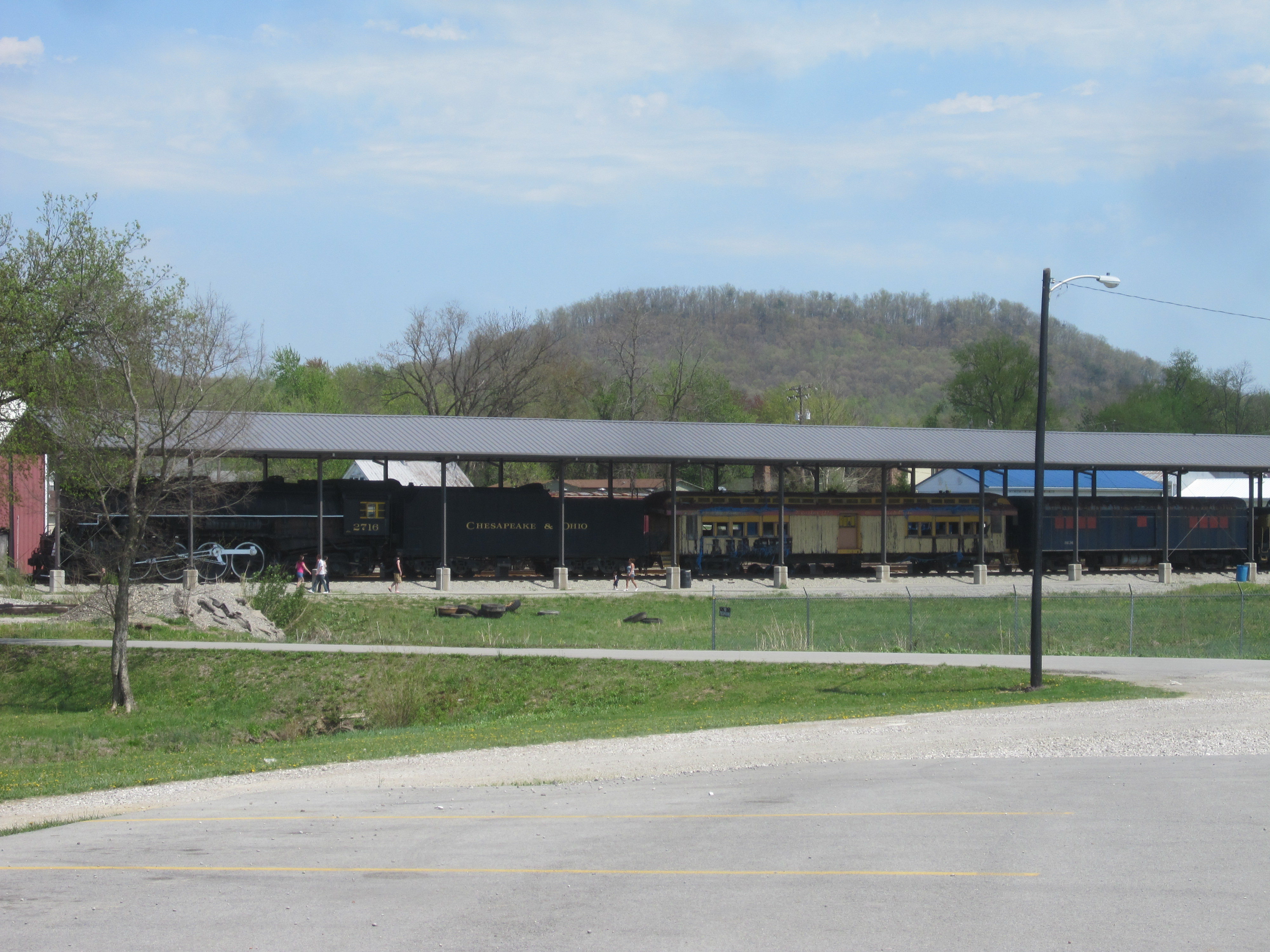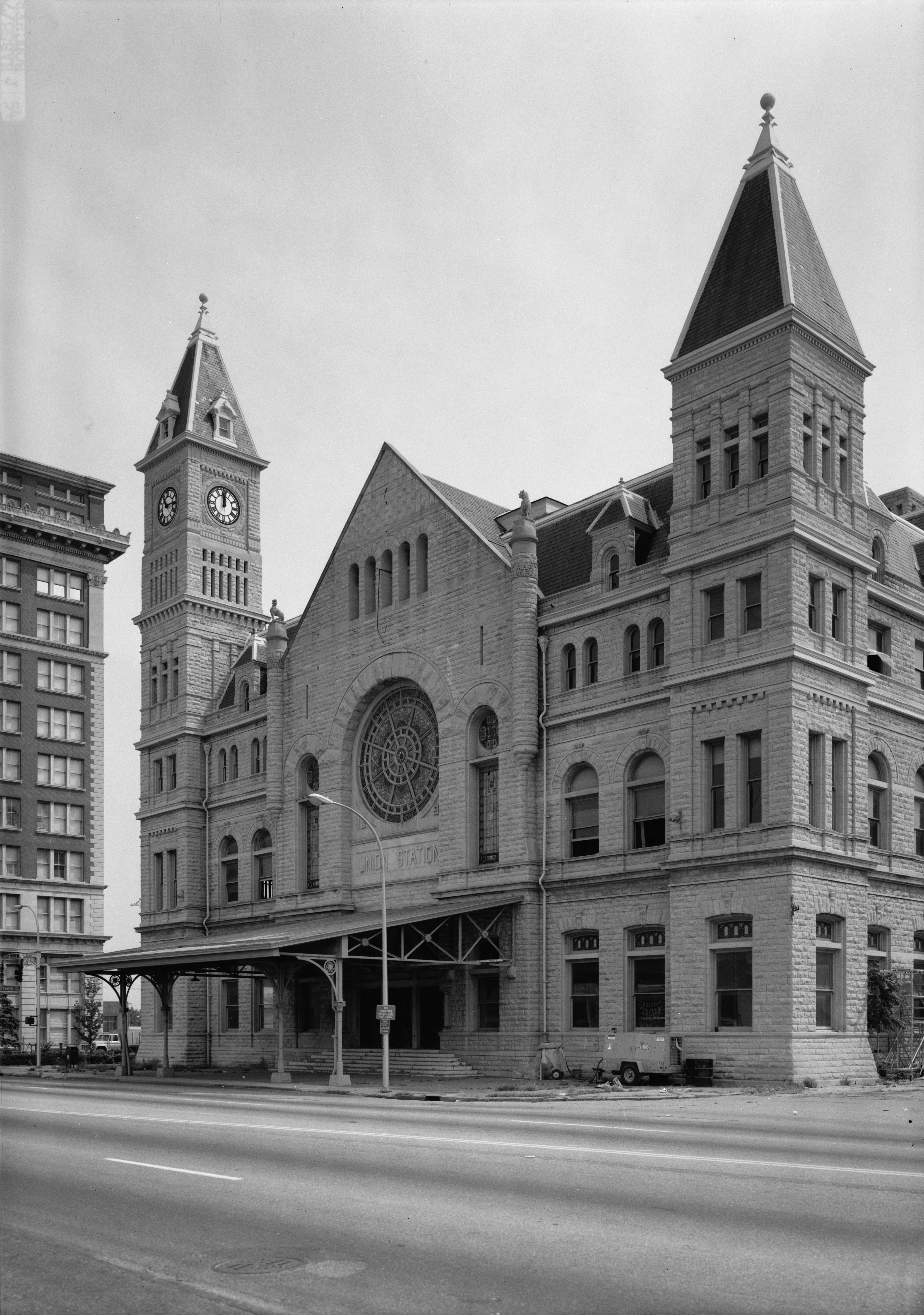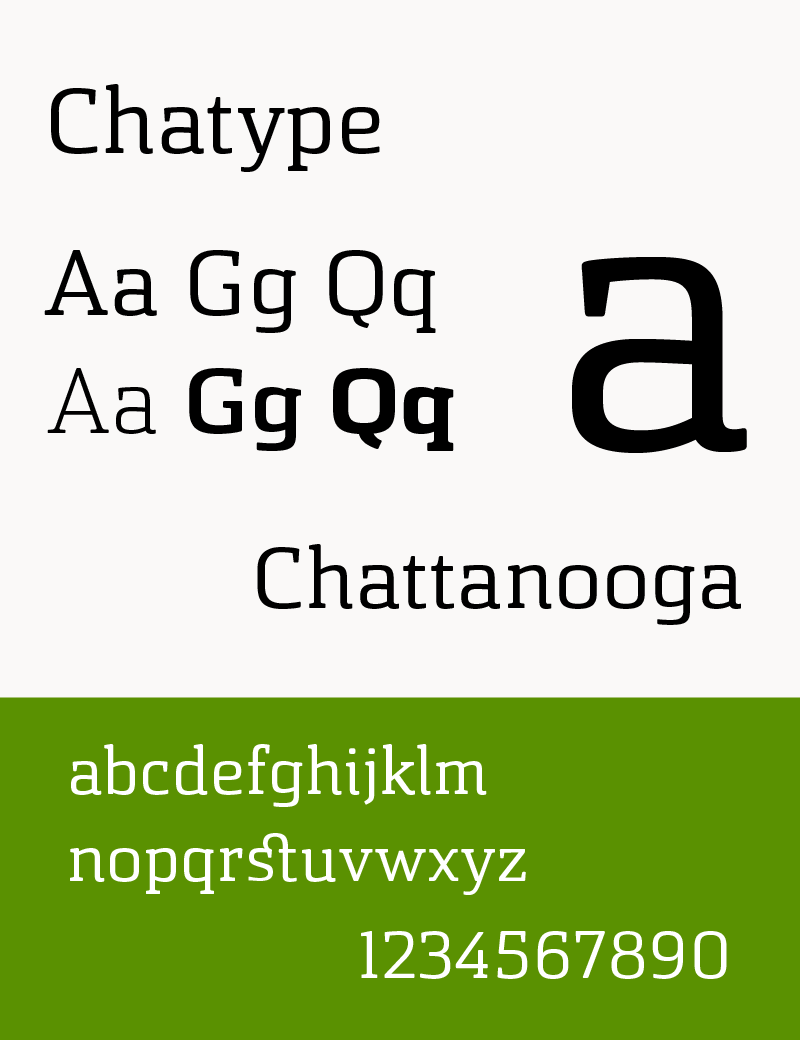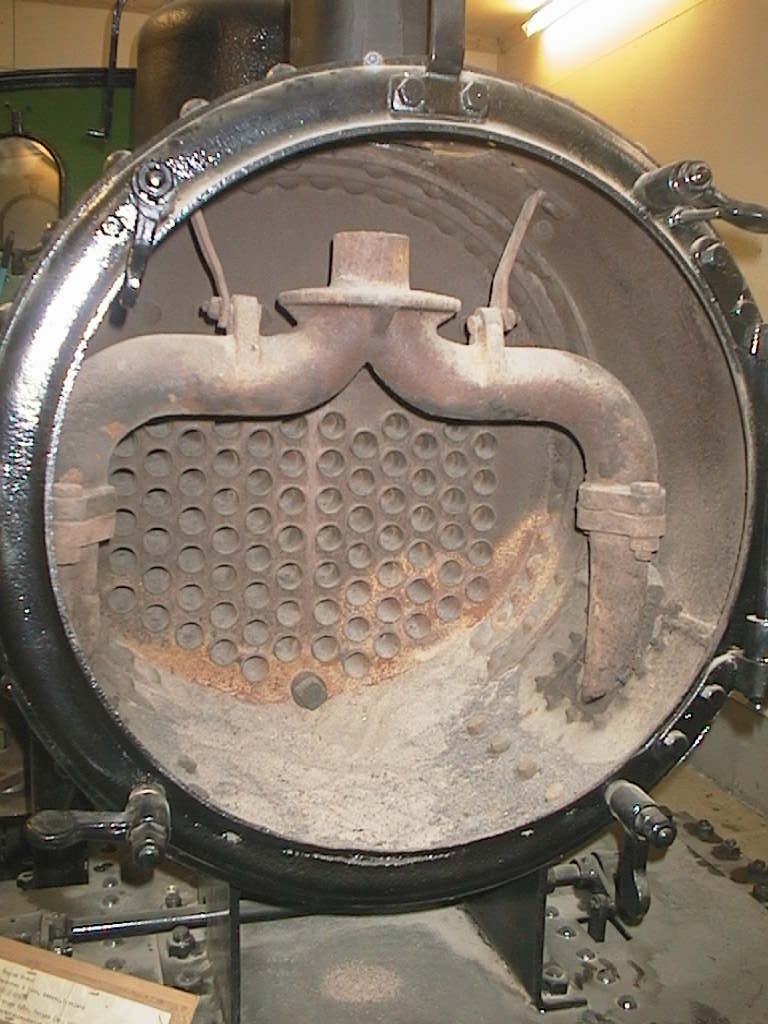|
Chesapeake And Ohio 2716
The Chesapeake and Ohio Railway No. 2716 is a class "K-4" 2-8-4 "Kanawha" (Berkshire) type steam locomotive built in 1943 by the American Locomotive Company (ALCO) for the Chesapeake and Ohio Railway (C&O). While most railroads referred to these 2-8-4 type locomotives as ''Berkshires'', the C&O referred to them as ''Kanawhas'' after the Kanawha River which flows through West Virginia. Used as a dual service locomotive, No. 2716 and its classmates served the C&O in a variety of duties until being retired from revenue service in 1956. Donated to the Kentucky Railway Museum of New Haven, Kentucky in 1959, No. 2716 has been restored to operation in excursion service twice since its retirement from the C&O, first in 1981 for the Southern Railway's steam program until 1982, and again in 1996 for a few brief excursions for the Fort Wayne Railroad Historical Society (FWRHS) in New Haven, Indiana. The locomotive is undergoing an extensive rebuild to operating condition for a third excursio ... [...More Info...] [...Related Items...] OR: [Wikipedia] [Google] [Baidu] |
American Locomotive Company
The American Locomotive Company (often shortened to ALCO, ALCo or Alco) was an American manufacturer of locomotives, diesel generators, steel, and tanks that operated from 1901 to 1969. The company was formed by the merger of seven smaller locomotive manufacturers and Schenectady Locomotive Works, Schenectady Locomotive Engine Manufactory of Schenectady, New York. A subsidiary, American Locomotive Automobile Company, designed and manufactured automobiles under the Alco brand from 1905 to 1913. ALCO also produced nuclear reactors from 1954 to 1962. The company changed its name to Alco Products, Incorporated in 1955. In 1964, the Worthington Corporation acquired the company. The company went out of business in 1969. The ALCO name is currently being used by Fairbanks-Morse, Fairbanks Morse Engine for their FM, ALCO line. Foundation and early history The company was created in 1901 from the merger of seven smaller locomotive manufacturers with Schenectady Locomotive Works, Schenect ... [...More Info...] [...Related Items...] OR: [Wikipedia] [Google] [Baidu] |
L&N 665
The Louisville and Nashville Railroad , commonly called the L&N, was a Class I railroad that operated freight and passenger services in the southeast United States. Chartered by the Commonwealth of Kentucky in 1850, the road grew into one of the great success stories of American business. Operating under one name continuously for 132 years, it survived civil war and economic depression and several waves of social and technological change. Under Milton H. Smith, president of the company for 30 years, the L&N grew from a road with less than of track to a system serving fourteen states. As one of the premier Southern railroads, the L&N extended its reach far beyond its namesake cities, stretching to St. Louis, Memphis, Atlanta, and New Orleans. The railroad was economically strong throughout its lifetime, operating freight and passenger trains in a manner that earned it the nickname, "The Old Reliable." Growth of the railroad continued until its purchase and the tumultuous rail co ... [...More Info...] [...Related Items...] OR: [Wikipedia] [Google] [Baidu] |
Rockwood, Tennessee
Rockwood is a city in Roane County, Tennessee, United States. Its population was 5,562 at the time of the 2010 census. It is included in the Harriman, Tennessee Micropolitan Statistical Area. Geography Rockwood is located at (35.869147, -84.675176). The city is situated at the base of the eastern escarpment of the Cumberland Plateau, known locally as Walden Ridge. The boundary between the Eastern Time Zone and Central Time Zone runs along Rockwood's western boundary. The Watts Bar Lake impoundment of the Tennessee River provides much of Rockwood's southern boundary. Rockwood is situated around a series of roads which intersect U.S. Route 70 between its junction with State Route 29 in the northeast and State Route 27 to the southwest. In recent years, the town has expanded toward Interstate 40 to the northeast. Rockwood is a familiar site to travelers who frequent I-40 between Knoxville and Nashville, as dramatic views of Rockwood and the Tennessee Valley beyond line the int ... [...More Info...] [...Related Items...] OR: [Wikipedia] [Google] [Baidu] |
Chattanooga, Tennessee
Chattanooga ( ) is a city in and the county seat of Hamilton County, Tennessee, United States. Located along the Tennessee River bordering Georgia, it also extends into Marion County on its western end. With a population of 181,099 in 2020, it is Tennessee's fourth-largest city and one of the two principal cities of East Tennessee, along with Knoxville. It anchors the Chattanooga metropolitan area, Tennessee's fourth-largest metropolitan statistical area, as well as a larger three-state area that includes Southeast Tennessee, Northwest Georgia, and Northeast Alabama. Chattanooga was a crucial city during the American Civil War, due to the multiple railroads that converge there. After the war, the railroads allowed for the city to grow into one of the Southeastern United States' largest heavy industrial hubs. Today, major industry that drives the economy includes automotive, advanced manufacturing, food and beverage production, healthcare, insurance, tourism, and back office ... [...More Info...] [...Related Items...] OR: [Wikipedia] [Google] [Baidu] |
Steam Locomotive Components
__NOTOC__ This article is a glossary of the main components found on a typical steam locomotive. The diagram, which is not to scale, is a composite of various designs in the late steam era. Some components shown are not the same, or are not present, on some locomotives – for example, on smaller or articulated types. Conversely, some locomotives have components not listed here. Details of the components See also * Glossary of boiler terms * Glossary of rail transport terms * Horsepower#Drawbar horsepower * Power classification * Tractive effort As used in mechanical engineering, the term tractive force can either refer to the total traction a vehicle exerts on a surface, or the amount of the total traction that is parallel to the direction of motion. In railway engineering, the term t ... References Further reading * * * External linksList of US–UK terminology– Railway Technical Website {{Steam engine configurations Glossaries of rail transport Ste ... [...More Info...] [...Related Items...] OR: [Wikipedia] [Google] [Baidu] |
Smokebox
A smokebox is one of the major basic parts of a steam locomotive exhaust system. Smoke and hot gases pass from the firebox through tubes where they pass heat to the surrounding water in the boiler. The smoke then enters the smokebox, and is exhausted to the atmosphere through the chimney (or funnel). Early locomotives had no smokebox and relied on a long chimney to provide natural draught for the fire but smokeboxes were soon included in the design for two specific reasons. Firstly and most importantly, the blast of exhaust steam from the cylinders, when directed upwards through an airtight smokebox with an appropriate design of exhaust nozzle, effectively draws hot gases through the boiler tubes and flues and, consequently, fresh combustion air into the firebox. Secondly, the smokebox provides a convenient collection point for ash and cinders ("char") drawn through the boiler tubes, which can be easily cleaned out at the end of a working day. Without a smokebox, all char must ... [...More Info...] [...Related Items...] OR: [Wikipedia] [Google] [Baidu] |
Pilot (locomotive)
A cowcatcher, also known as a pilot, is the device mounted at the front of a locomotive to deflect obstacles on the track that might otherwise damage or Derailment, derail it or the train. In the UK small metal bars called ''life-guards'', ''rail guards'' or ''guard irons'' are provided immediately in front of the wheels. They knock away smaller obstacles lying directly on the running surface of the railhead. Historically, fenced-off railway systems in Europe relied exclusively on those devices and cowcatchers were not required, but in modern systems cowcatchers have generally superseded them. Instead of a cowcatcher, trams use a device called a fender. Objects lying on the tram track come in contact with a sensor bracket, which triggers the lowering of a basket-shaped device to the ground, preventing the overrunning of the obstacles and dragging them along the road surface in front of the wheels. In snowy areas the cowcatcher also has the function of a Snowplow#Railway sno ... [...More Info...] [...Related Items...] OR: [Wikipedia] [Google] [Baidu] |
Irondale, Alabama
Irondale is a city in Jefferson County, Alabama, United States. It is a suburb of Birmingham, northeast of Homewood and Mountain Brook. At the 2020 census, the population was 13,497. Irondale is the location of the Irondale Cafe. Author Fannie Flagg used this for her fictional setting in her novel ''Fried Green Tomatoes at the Whistle Stop Cafe'' (1987). The city is the site of Catholic radio/television broadcaster Eternal Word Television Network, or (EWTN). The city's annual Whistle-Stop Festival attracts thousands to its eclectic mix of art, food and music. History On October 5, 1887, the people of Irondale petitioned for incorporation. The town incorporated as Irondale (after Irondale Furnace) on October 19, 1887, following a vote on October 17, 1887. The 1916 Irondale earthquake, magnitude 5.1, caused some damage in the area, and was felt in neighboring states. In 1981, Mother Angelica founded the Eternal Word Television Network, after starting operations in a garage. ... [...More Info...] [...Related Items...] OR: [Wikipedia] [Google] [Baidu] |
Workshop
Beginning with the Industrial Revolution era, a workshop may be a room, rooms or building which provides both the area and tools (or machinery) that may be required for the manufacture or repair of manufactured goods. Workshops were the only places of production until the advent of industrialization and the development of larger factories. In the 20th and 21st century, many Western homes contained a workshop in either the garage, basement, or an external shed. Home workshops typically contain a workbench, hand tools, power tools, and other hardware. Along with the practical application of repairing goods, workshops are often used to tinker and make prototypes. Some workshops focus exclusively on automotive repair or restoration although there are a variety of workshops in existence today. Woodworking, metalworking, electronics, and other types of electronic prototyping workshops are among the most common. Backshop In some repair industries, such as locomotives and aircraf ... [...More Info...] [...Related Items...] OR: [Wikipedia] [Google] [Baidu] |
Seaboard Coast Line Industries
Seaboard Coast Line Industries, Inc., incorporated in Delaware on May 9, 1969, was a railroad holding company that owned the Seaboard Coast Line Railroad, its subsidiary Louisville and Nashville Railroad, and several smaller carriers. Its railroad subsidiaries were collectively known as the Family Lines System. Its headquarters were in Jacksonville, Florida, in the United States. Through 1979, the Family Lines network totaled in 13 states. The company succeeded SCL Industries, Inc., incorporated August 1, 1968, in Virginia and renamed Seaboard Coast Line Industries, Inc. on February 5, 1969. On November 1, 1980, Seaboard Coast Line Industries merged with Chessie System, Inc. to form CSX Corporation (Chessie-Seaboard Multiplied), and in 1983 the Family Lines units were combined as the Seaboard System Railroad The Seaboard System Railroad, Inc. was a US Class I railroad that operated from 1982 to 1986. Since the late 1960s, Seaboard Coast Line Industries had operated the Se ... [...More Info...] [...Related Items...] OR: [Wikipedia] [Google] [Baidu] |
Clinchfield Railroad
The Clinchfield Railroad was an operating and holding company for the Carolina, Clinchfield and Ohio Railway . The line ran from the coalfields of Virginia and Elkhorn City, Kentucky, to the textile mills of South Carolina. The 35-mile segment from Dante, Virginia, to Elkhorn City, opening up the coal lands north of Sandy Ridge Mountains and forming a connection with the Chesapeake and Ohio Railway at Elkhorn City, was completed in 1915. The Clinchfield was the last Class I railroad built in the U.S. east of the Rocky Mountains. The 266-mile railroad provided access to numerous scenic wonders of the Appalachian region and is probably best known for the state-of-the-art railroad engineering techniques applied in its construction, as exemplified by the Clinchfield Loops climbing the Blue Ridge Mountains north of Marion, North Carolina. The Clinchfield Railroad began operating the line December 1, 1924, and for many years it was leased jointly by the Atlantic Coast Line Railr ... [...More Info...] [...Related Items...] OR: [Wikipedia] [Google] [Baidu] |
WAVE (TV)
WAVE (channel 3) is a television station in Louisville, Kentucky, United States, affiliated with NBC and owned by Gray Television. The station's studios are located on South Floyd Street in downtown Louisville, and its transmitter is located in Floyds Knobs, Indiana. History The station first signed on the air on November 24, 1948, originally broadcasting on VHF channel 5 with an effective radiated power of 24,100 watts. WAVE was the first television station to sign on in the state of Kentucky, and the 41st to debut in the United States. The station has been a primary NBC affiliate since its debut, owing to its sister radio station's longtime affiliation with the NBC Red Network; however, it also initially carried secondary affiliations with ABC, CBS and the DuMont Television Network. The national coaxial cable did not reach Louisville until 1950, so prior to that, NBC programs were shown on film, as was national and foreign news. On May 7, 1949, WAVE-TV became the first tele ... [...More Info...] [...Related Items...] OR: [Wikipedia] [Google] [Baidu] |







